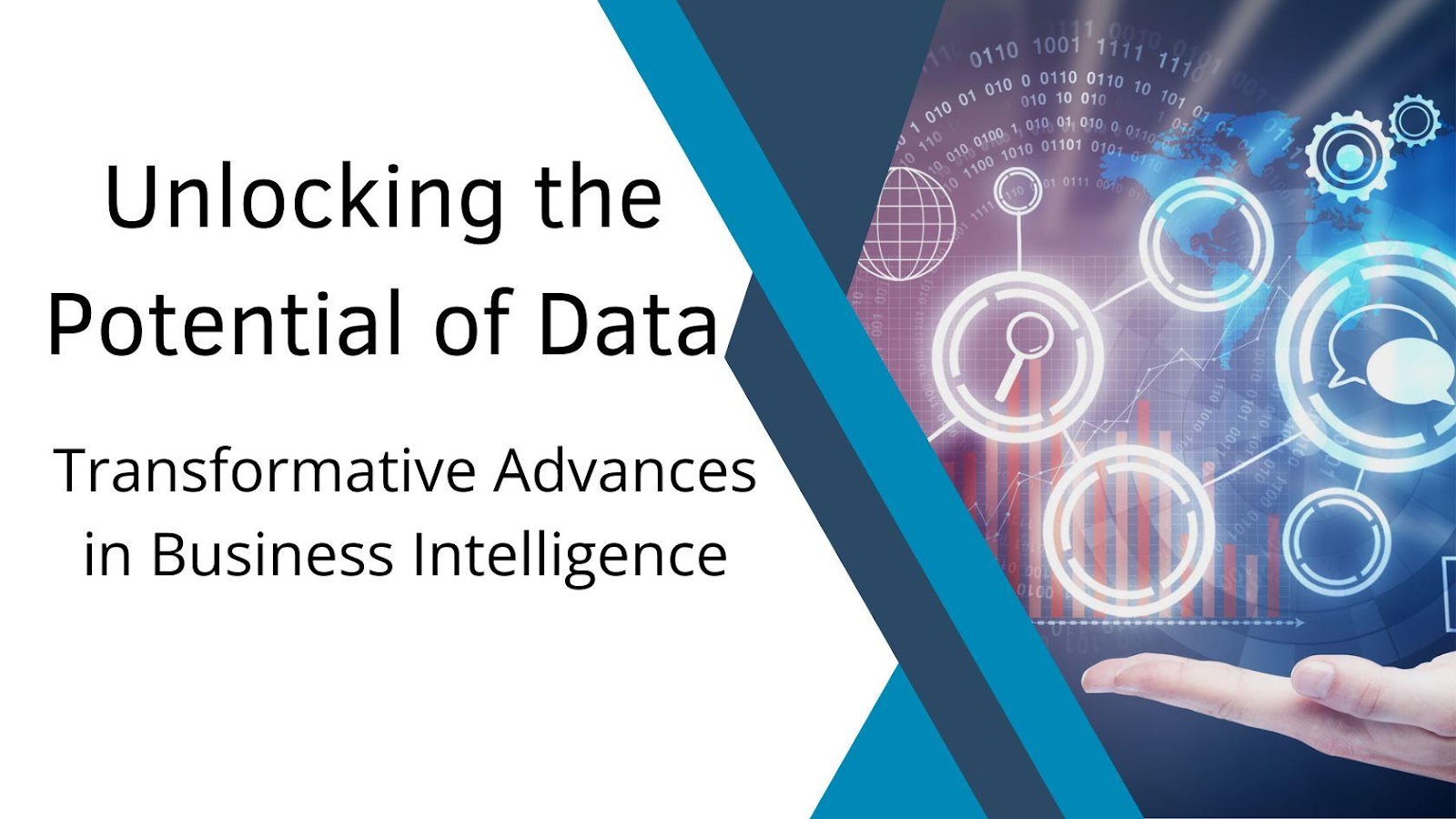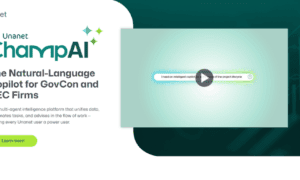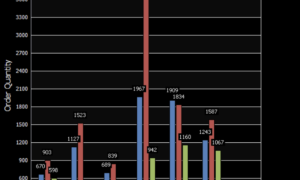In his latest analysis, Vasudev Pendyala delves into the transformative realm of Business Intelligence (BI), highlighting how ad-hoc querying and predictive analytics are revolutionizing data-driven decision-making. With expertise in data visualization, he illustrates how these innovations empower organizations to make proactive, informed choices.
Beyond Predefined Boundaries: Ad-Hoc Querying Redefined
Traditional BI tools often rely on rigid frameworks and predefined reports, limiting flexibility. Ad-hoc querying solutions revolutionize this by enabling users to interact dynamically with data, eliminating delays of static reports and fostering a real-time environment where actionable insights quickly emerge.
- Faster Decision-Making: Organizations report a 41% improvement in decision-making speed, a critical asset in fast-paced industries.
- Increased Productivity: Employees experience a 34% boost in productivity, freeing time for strategic initiatives.
- Revenue Impact: Companies adopting these tools see a 10% increase in revenue within the first year.
This capability equips businesses to navigate dynamic markets by transforming raw data into actionable insights almost instantaneously.
Predictive Analytics: The Power to Anticipate
Combining ad-hoc querying with predictive analytics elevates BI tools to the next level. These systems utilize machine learning and statistical models to forecast future trends, enabling organizations to shift from reactive to proactive decision-making.
- Enhanced Forecast Accuracy: Predictive tools improve forecasting by up to 40% in sectors like retail and manufacturing.
- Risk Mitigation: Financial institutions achieve a 60% increase in fraud detection rates through predictive capabilities.
- Operational Efficiency: Manufacturing organizations reduce unplanned downtime by up to 50%.
This transition empowers companies to preempt challenges and seize opportunities with precision, driving significant competitive advantages.
Interactive Visualizations: Simplifying Complex Data
Interactive visualizations transform how users interpret and utilize data. By enabling real-time manipulation of visual elements, these dashboards provide instant clarity on complex datasets.
- Improved Comprehension: 80% of users find interactive tools significantly enhance their understanding.
- Faster Insights: Organizations are 28% more likely to uncover relevant information swiftly.
- Reduced Analysis Time: These solutions cut the time spent on data analysis by 50%.
Interactive dashboards encourage exploration, making data accessible to both technical and non-technical stakeholders.
Data Accessibility with Natural Language Processing
Accessing data often presents challenges for non-technical users, but Natural Language Processing (NLP) capabilities in modern BI tools simplify this process. NLP allows users to query datasets in plain language, driving a 35% increase in user adoption and improving data accessibility by 80%. This eliminates barriers, enabling team-wide access to actionable insights without requiring SQL expertise. By democratizing data, NLP ensures that critical insights are no longer restricted to experts but available across the organization, fostering collaboration and informed decision-making at all levels.
Building a Holistic View: Multi-Source Data Integration
Modern BI solutions unify data from diverse sources, providing a comprehensive perspective that enhances decision-making. Organizations report 72% uncover unexpected insights, 23% boost operational efficiency, and develop more accurate strategies. By eliminating silos, these systems foster collaboration and deliver a holistic understanding across departments, driving informed and impactful decisions.
Collaboration-Driven Innovation
Collaboration features in BI tools streamline the sharing and discussion of insights, fostering a data-driven culture within organizations.
- Enhanced Productivity: Teams experience a 33% productivity boost when using collaborative tools.
- Better Communication: Cross-departmental communication improves for 85% of businesses adopting these solutions.
- Faster Outcomes: Projects are 26% more likely to meet deadlines.
By making insights shareable and interactive, these features align teams toward common goals, spurring innovation and efficiency.
Transforming Strategy and Performance
The combination of ad-hoc querying, predictive analytics, and other advanced BI features is more than a technological upgrade—it’s a catalyst for strategic transformation. Organizations leveraging these tools report:
- Increased Revenue: Annual revenue grows by an average of 8.5%.
- Improved Market Responsiveness: 92% attribute better responsiveness to their BI tools.
- Faster Decisions: Data-driven companies make decisions five times faster than peers.
These capabilities redefine how businesses operate, equipping them to thrive in a competitive, data-rich world.
In conclusion, Vasudev Pendyala’s analysis highlights the transformative potential of advanced Business Intelligence solutions. By combining ad-hoc querying, predictive analytics, NLP, and interactive visualizations, these tools empower organizations to leverage data effectively. Pendyala emphasizes their role in fostering agility, collaboration, and proactive strategies to achieve sustainable success in the digital era.



































